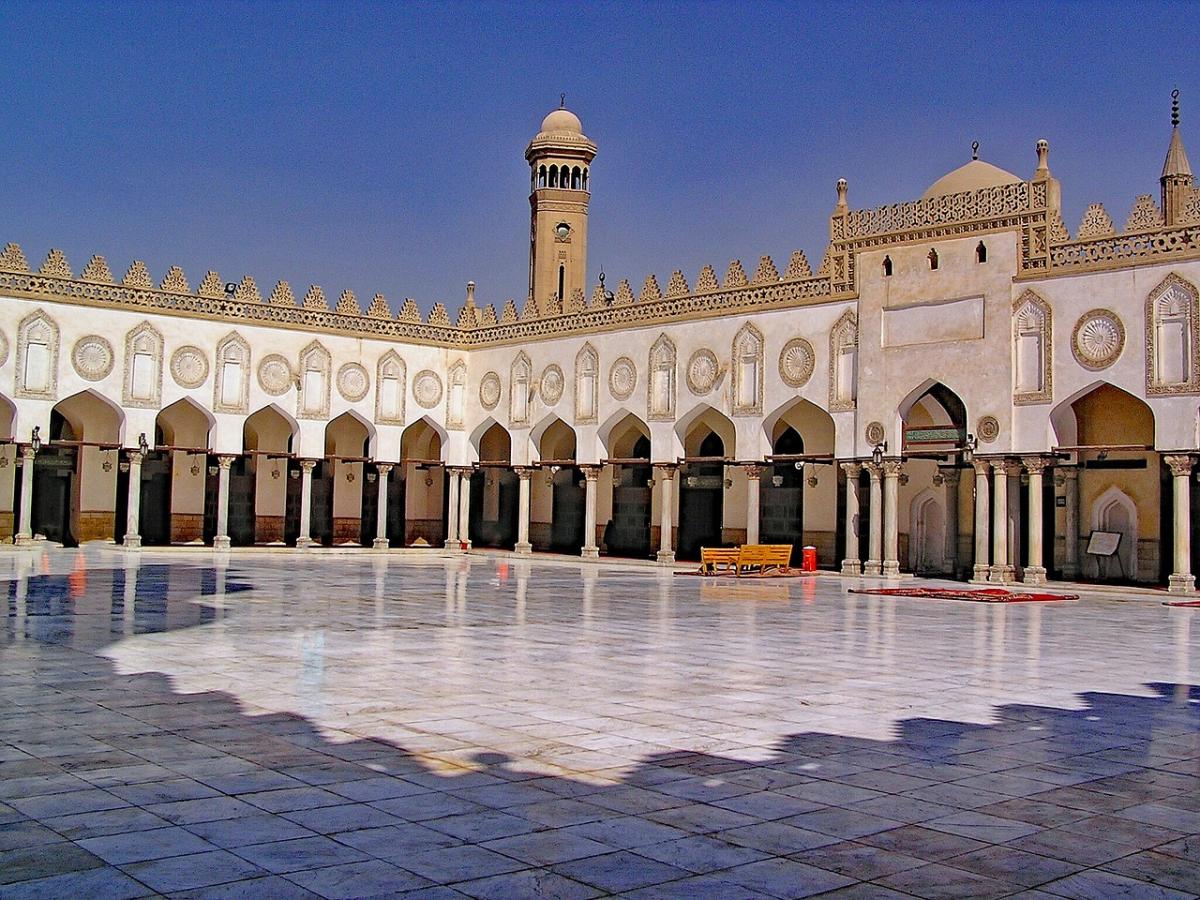
Exploring the Mosques of Islamic Cairo
Islamic Cairo is a historic district of the capital city of Egypt, located on the east bank of the Nile River. It was founded in 969 CE by the Fatimid Caliph Al-Mu'izz li-Din Allah as his new imperial capital and has since become a major pilgrimage destination for Muslims from around the world. Islamic Cairo includes many important historical monuments such as mosques, madrasas (schools), mausoleums and tombs, as well as other religious sites like shrines and Sufi lodges. The area’s most famous mosques are Al-Azhar Mosque, Sultan Hasan Mosque, Al-Hakim Mosque, Mosque of Ibn Tulun and Qalawun Complex. These structures represent some of Islam's most enduring architectural achievements in terms of size and complexity. Each mosque has its own unique design that reflects not only its era but also its purpose within Islamic culture.
Al-Azhar Mosque
Al-Azhar Mosque is one of the most important monuments in Islamic Cairo and is widely regarded as one of Islam’s greatest architectural achievements. The mosque was built by the Fatimid Caliph Al-Mu'izz li-Din Allah in 969 CE to serve as his imperial capital, making it one of the oldest mosques in Egypt. The grandeur and size of Al-Azhar Mosque are unparalleled; it covers 574, 000 square meters and can accommodate over 200, 000 worshippers at once.
The mosque features a number of different architectural styles that reflect its age and purpose within Islamic culture. Its exterior displays an impressive blend of various regional influences from North Africa, Syria, Iraq and Persia while its interior features an intricate mashrabiya (wooden lattice screen), which is used to separate men from women during prayer services. Additionally, there are four minarets located around the perimeter that each stand more than 50 meters tall. Inside the mosque itself lies a large courtyard with a fountain in its center where visitors can take respite from the hot Egyptian sun or simply admire its stunning beauty.
Al-Azhar Mosque has also served as an influential center for learning since 1048 when it became home to al Azhar University - one of Sunni Islam's oldest universities still functioning today - thanks largely to donations made by wealthy patrons throughout history who have helped ensure its preservation for centuries now. As such, this iconic landmark remains an important symbol not just for Egypt but also for Muslims across the world today who come here looking for spiritual guidance or educational opportunities provided by al Azhar University..
Sultan Hasan Mosque
The Sultan Hasan Mosque is an impressive example of Mamluk-era architecture located in Islamic Cairo. Built by Sultan Hassan ibn Muhammad, the mosque was constructed between 1356 and 1363 CE and stands as one of the most iconic landmarks in Egypt’s capital city. It is renowned for its size; measuring around 63 meters long, 42 meters wide, and 50 meters high - making it one of the largest mosques ever built in Cairo.
The exterior of this grand structure blends various regional influences from Syria, Iraq and Persia to create a truly unique design that is both imposing yet elegant at the same time. The entrance to the mosque features two large minarets which stand more than 70 meters tall while its interior boasts intricate decorations like marble columns, gilded wood carvings and colorful mosaics that line its walls. Additionally, there are several smaller domed chambers within the complex which serve as mausoleums for important religious figures such as Shaykh al-Shafi'i (the founder of Shafi'i school Sunni Islam) or Imam Ibn Qasim (one of Cairo's earliest rulers).
Sultan Hasan Mosque continues to draw thousands of visitors each year who come here not only to admire its stunning beauty but also to take part in prayer services held throughout its vast courtyard on a regular basis. The mosque serves as a reminder not only of Egypt’s rich cultural heritage but also provides insight into how much has changed over time since it was first built centuries ago - illustrating just how enduring this remarkable structure still remains today despite all odds
Al-Hakim Mosque
Al-Hakim Mosque is a complex located in Islamic Cairo that was built under the orders of Al-Hakim bi-Amr Allah, the sixth Fatimid Caliph who reigned from 996 to 1021 CE. Located near Bab al-Futuh, one of the gates leading into Old Cairo’s fortified walls, this important monument stands as testament to Egypt's rich cultural heritage.
The mosque features an impressive blend of various regional influences from North Africa and Syria which can be seen throughout its exterior and interior design. On its facade lies two grand minarets which stand more than 70 meters tall while its interior holds intricate decorations including marble columns and colorful mosaics that line its walls and domes. Additionally, there are several smaller domed chambers within the complex which serve as mausoleums for important religious figures such as Imam Ibn Qasim (one of Cairo's earliest rulers).
Al-Hakim Mosque has also become an important pilgrimage destination for Muslims across the world today; each year thousands come here looking not only to admire its stunning beauty but also take part in prayer services held at this remarkable landmark on a regular basis. It serves not only as a reminder of Egypt’s powerful past but also illustrates how much has changed over time since it was first built centuries ago - illustrating just how enduring this structure still remains today despite all odds
Mosque of Ibn Tulun
The Mosque of Ibn Tulun is a historic mosque located in Islamic Cairo and is considered to be one of the oldest surviving monuments from the pre-modern period. Founded by Ahmad Ibn Tulun, who was governor of Egypt for Abbasid Caliph Haroun al-Rashid in 876 CE, this grand structure stands as an impressive example of early Islamic architecture and has become an important landmark within the city today.
The exterior design reflects a distinct blend of regional influences from North Africa, Syria and Iraq while its interior includes intricate decorations such as carved marble columns and colorful mosaics that line its walls. Additionally, there are four minarets located around the perimeter which each stand more than 50 meters tall - making it one of the tallest mosques ever built at that time. Inside lies a large courtyard with a fountain in its center where visitors can take respite from the hot Egyptian sun or simply admire its stunning beauty.
Today, Mosque of Ibn Tulun still serves as an important pilgrimage destination for Muslims across the world who come here seeking spiritual guidance or educational opportunities provided by nearby Al Azhar University - one of Sunni Islam's oldest universities still functioning today thanks largely to donations made by wealthy patrons throughout history who have helped ensure its preservation for centuries now. As such, this iconic landmark remains a symbol not just for Egypt but also for Muslims around the world who visit here looking to connect with their faith’s ancient roots
Qalawun Complex
The Qalawun Complex is an important historical landmark in Islamic Cairo and stands as a testament to the city’s long history of religious and cultural significance. Built by Sultan Al-Nasir Muhammad ibn Qalaoun during the Mamluk period, this grand structure was constructed between 1284-1285 CE and remains one of the most iconic monuments in Egypt today.
The exterior of this complex boasts an impressive blend of various regional influences from North Africa, Syria, Iraq and Persia which can be seen throughout its intricate decorations such as carved marble columns, gilded wood carvings and colorful mosaics that line its walls. Additionally, there are four minarets located around the perimeter each standing more than 70 meters tall - making it one of the tallest mosques ever built at that time. Inside lies a large courtyard with a fountain in its center where visitors can take respite from the hot Egyptian sun or simply admire its stunning beauty.
Today, The Qalawun Complex still serves as an important destination for pilgrims who come here seeking spiritual guidance or educational opportunities provided by nearby al Azhar University - one of Sunni Islam's oldest universities still functioning today thanks largely to donations made by wealthy patrons throughout history who have helped ensure its preservation for centuries now. As such, this iconic monument not only serves as reminder of Egypt’s powerful past but also provides insight into how much has changed over time since it was first built centuries ago - illustrating just how enduring this remarkable structure still remains despite all odds
Conclusion
The historic mosques of Islamic Cairo are a reminder of the city’s long and rich history, with each structure having its own unique story to tell. From the grandeur of Sultan Hasan Mosque to the intricate details found at Al-Hakim Mosque and Ibn Tulun Mosque, these monuments serve as important landmarks for travelers who come here looking not just for spiritual guidance but also to gain insight into Egypt’s past. It is therefore essential that we work to protect this cultural heritage by preserving these structures from potential threats such as pollution or urban development. Furthermore, it is only through continued education about their importance that we can ensure that future generations will be able to appreciate them in all their glory for many years to come. By doing so, we can help ensure that these remarkable monuments remain a part of our collective heritage forevermore - providing an invaluable link between us all regardless of religion or creed
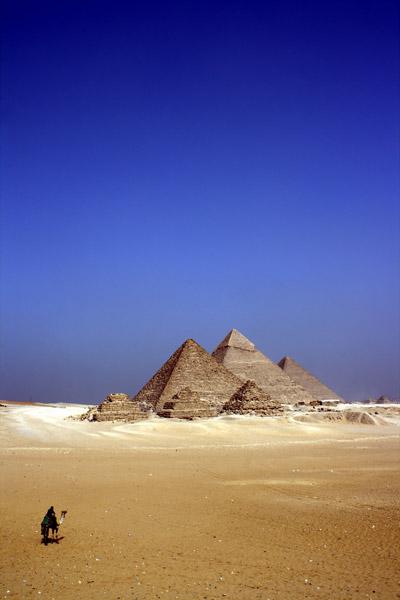
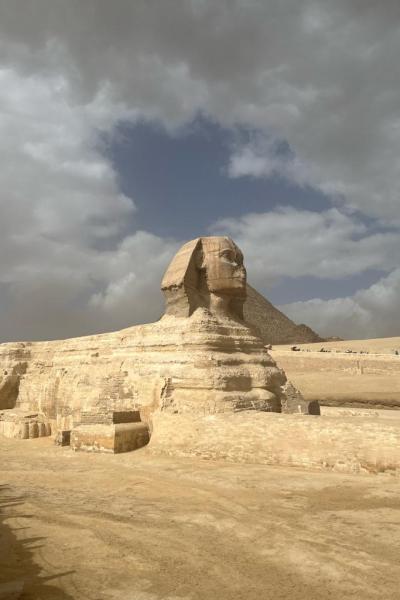
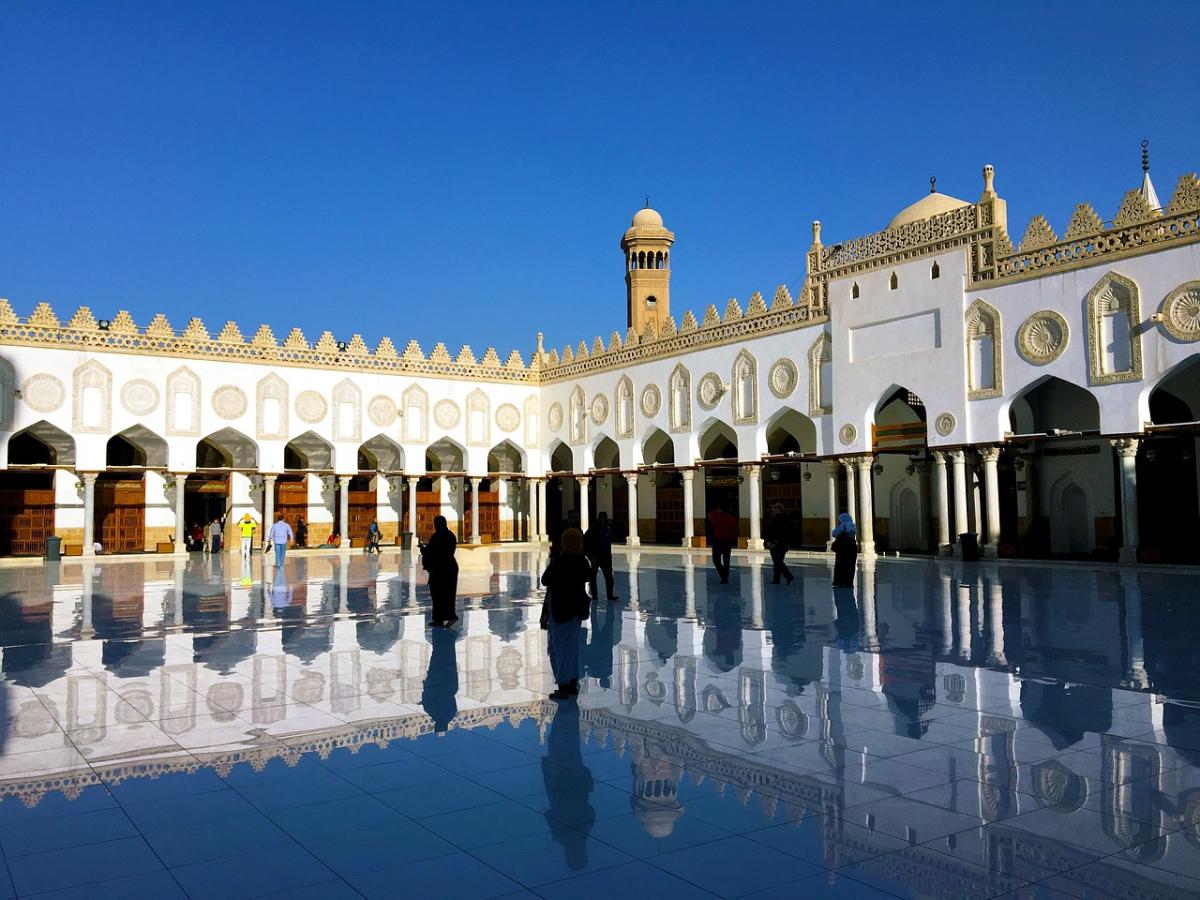
Cairo, often dubbed the City of a Thousand Minarets, is a sprawling metropolis where the sacred and the everyday intertwine in a vibrant tapestry of history and faith . Beyond its world-renowned ancient monuments lies Islamic Cairo, a historic heart that beats with a deep and mystical rhythm . This district,...
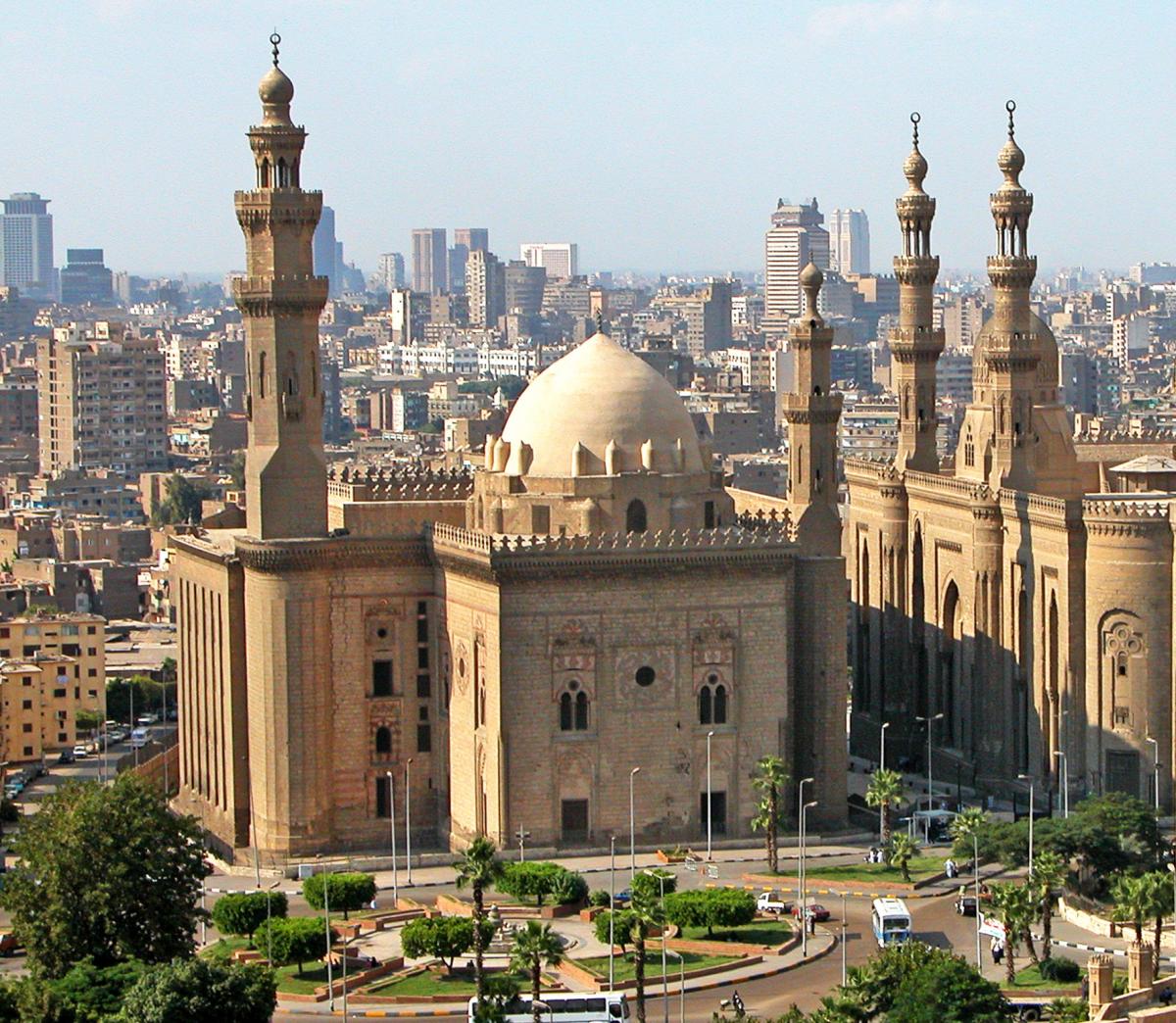
The Sultan Hassan Mosque is an iconic monument located in Cairo, Egypt. It was built during the Mamluk period and served as a monumental tomb complex for its namesake, Sultan Hassan bin Mohammed. This grandiose structure is considered one of the greatest works of Islamic architecture throughout history,...
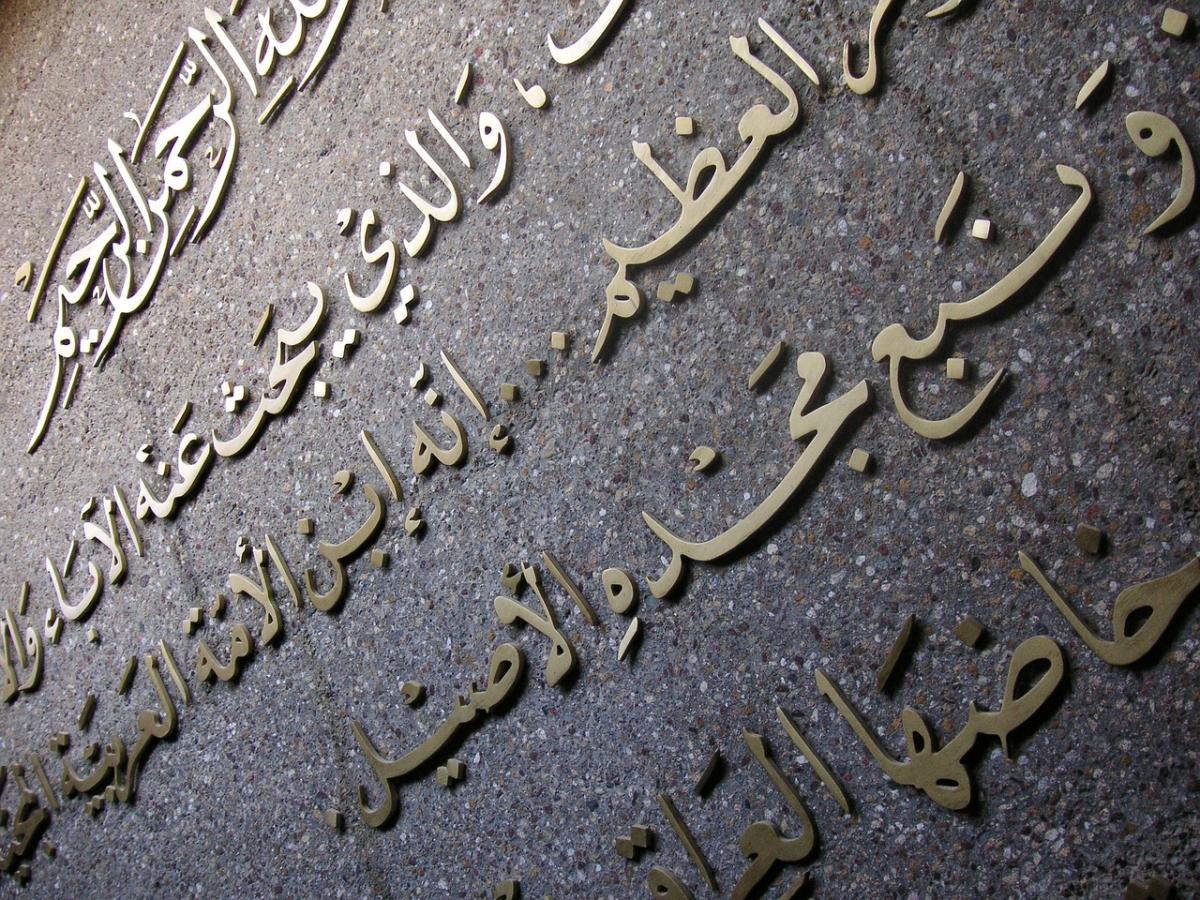
Welcome to Cairo, a city that is as rich in history and culture as it is in the vibrant sounds of the Arabic language . This guide is designed to be your friendly companion as you embark on the exciting journey of learning Arabic and immersing yourself in the local Cairene culture.